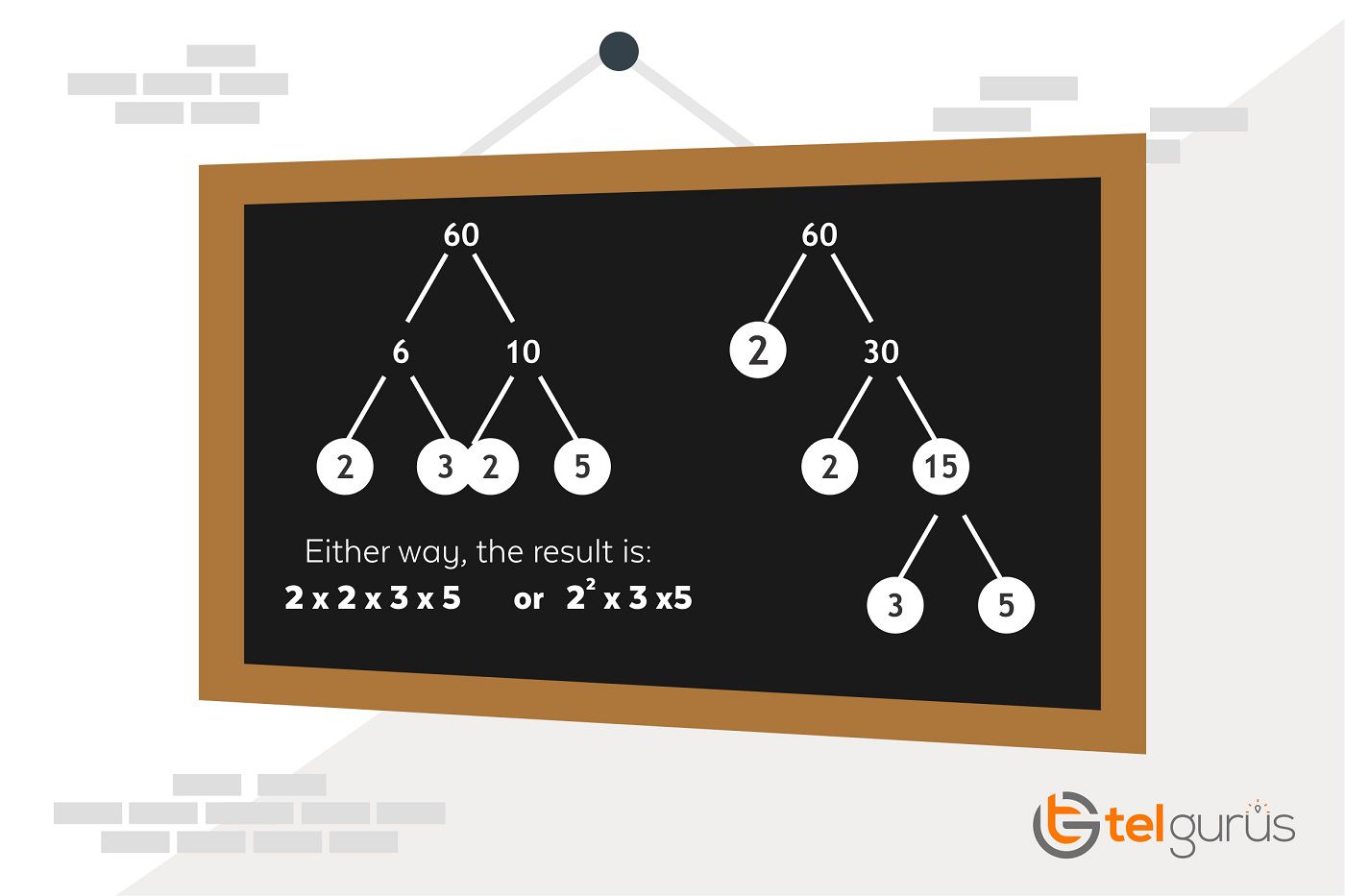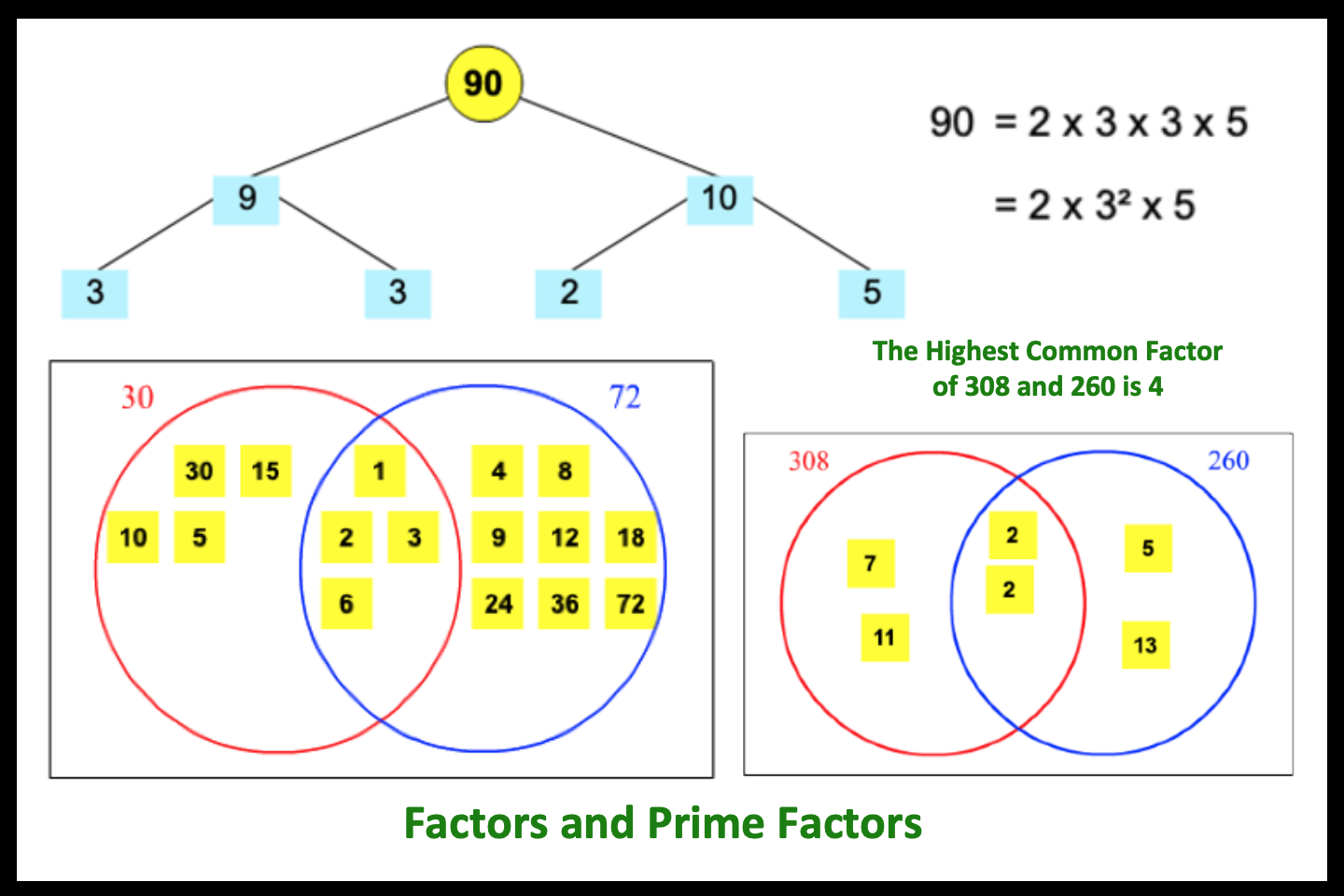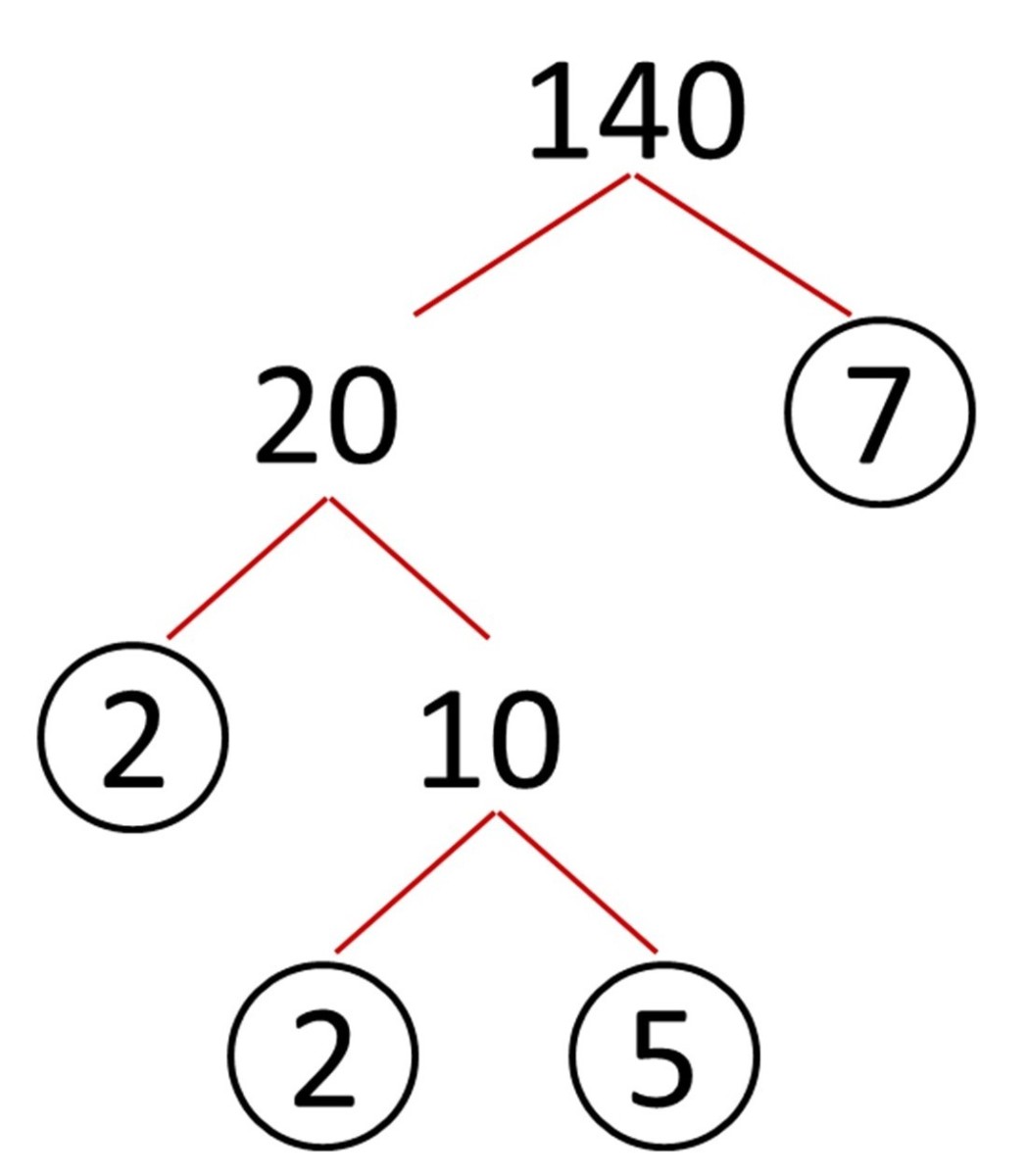60 As A Product Of Prime Factors

Breaking News: The number 60 has been definitively expressed as a product of its prime factors. Mathematicians confirm the result as a fundamental step in understanding number theory.
This prime factorization, a cornerstone of arithmetic, underpins various mathematical and computational processes. The swift and decisive confirmation is significant for ongoing research and educational applications.
Prime Factorization Confirmed
The prime factorization of 60 is unequivocally 2 x 2 x 3 x 5, or 2² x 3 x 5. This was verified earlier today by a team led by Dr. Anya Sharma at the Institute for Advanced Numerical Studies.
Independent confirmation came swiftly from Professor Kenji Tanaka's group at the University of Kyoto, further solidifying the result.
The Process
Researchers employed established algorithms for prime factorization. These algorithms systematically test for divisibility by prime numbers.
The process began with dividing 60 by the smallest prime number, 2. This yielded 30.
Dividing 30 by 2 again resulted in 15. 15 is not divisible by 2, so the next prime number, 3, was tested.
15 divided by 3 equals 5. 5 is a prime number, concluding the factorization process.
Significance of Prime Factorization
Prime factorization is essential for numerous mathematical operations. These include finding the greatest common divisor (GCD) and the least common multiple (LCM).
Cryptography also heavily relies on the principles of prime factorization. Secure communication systems are built upon the difficulty of factoring large numbers into their prime components.
Furthermore, prime factorization plays a vital role in simplifying fractions. It aids in identifying common factors between the numerator and denominator.
Expert Commentary
"The confirmation of 60's prime factors is a fundamental step," stated Dr. Sharma. "It serves as a building block for more complex mathematical explorations."
Professor Tanaka added, "Understanding prime factorization is crucial for students and researchers alike. It underpins a vast array of mathematical concepts."
"This isn't just about the number 60," emphasized Dr. Emily Carter, a leading expert in number theory. "It's about reinforcing the fundamental principles of arithmetic that govern our understanding of numbers."
Implications and Applications
The verified prime factorization of 60 will immediately impact educational materials. Textbooks and online resources will be updated to reflect the confirmed result.
Researchers plan to use this result as a benchmark in testing new factorization algorithms. The speed and accuracy of these algorithms are critical for advances in cryptography and computer science.
The finding contributes to a broader understanding of number theory. Number theory is a branch of mathematics that deals with the properties and relationships of numbers, especially integers.
Data and Verification
The prime factorization of 60 was verified using multiple independent computational systems. Each system utilized different algorithms and hardware configurations.
The results were consistent across all platforms, reinforcing the accuracy of the finding. Data analysis confirms the absence of any anomalies or discrepancies.
The process adheres to established mathematical principles and methodologies.
Next Steps
Researchers are now focusing on extending these techniques to factorize larger numbers. The challenge lies in efficiently factoring numbers with hundreds or thousands of digits.
Ongoing studies explore the relationship between prime numbers and other mathematical structures. This could lead to breakthroughs in various fields, including computer science and cryptography.
The team plans to publish a detailed report outlining their methods and findings. This report will be available to the public and the scientific community.





![60 As A Product Of Prime Factors What Are Two Different Factor Trees For 60? [Solved]](https://d138zd1ktt9iqe.cloudfront.net/media/seo_landing_files/factor-tree-of-60-1611995896.png)












